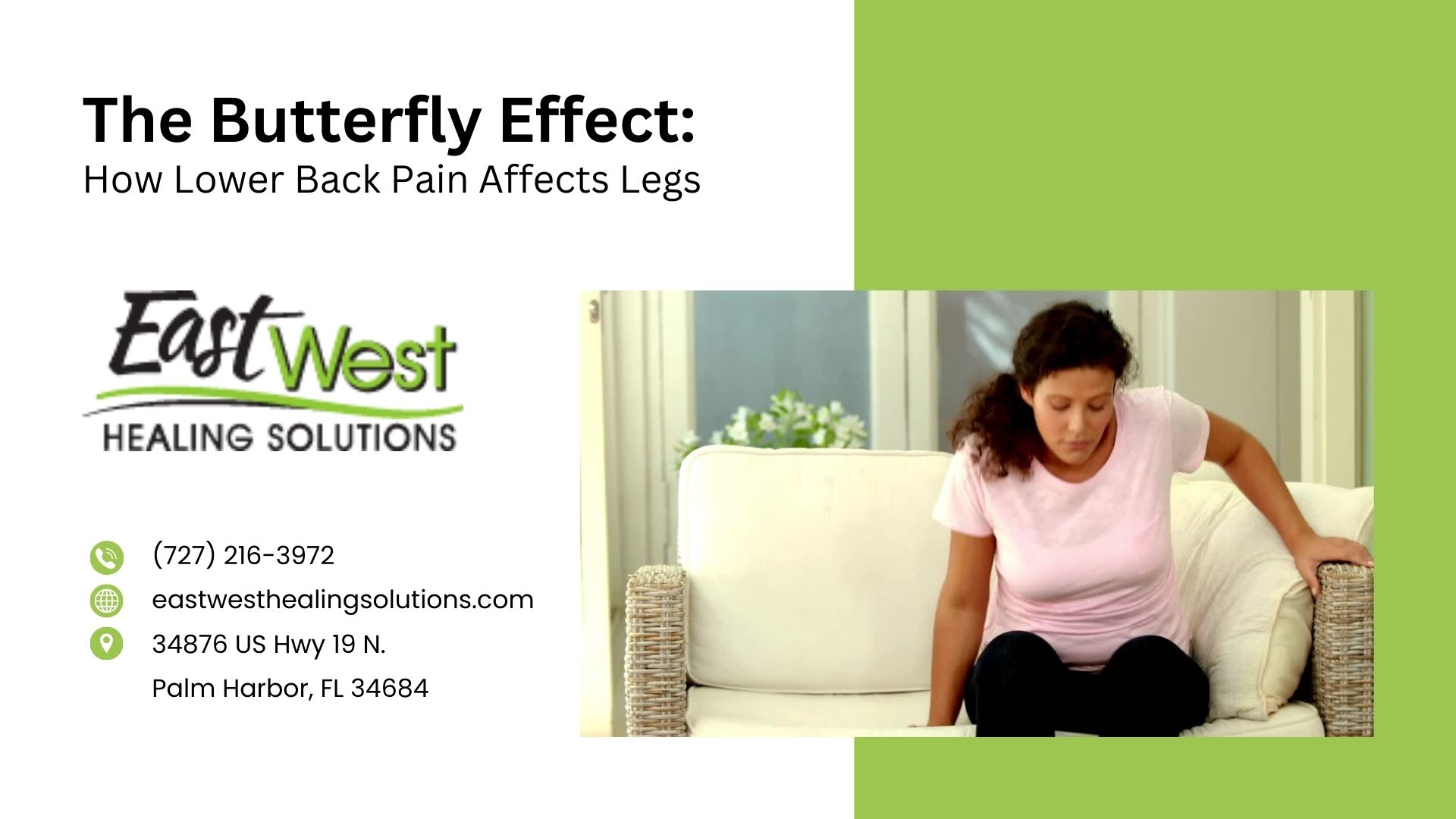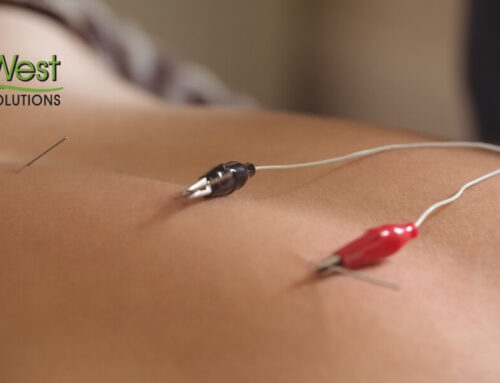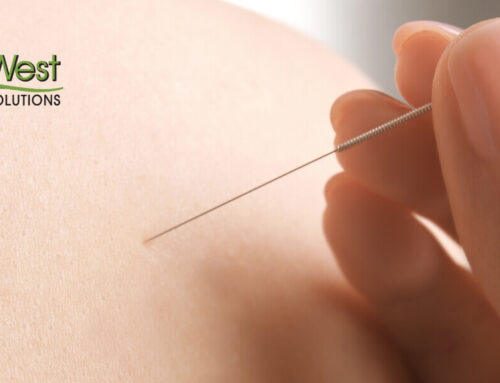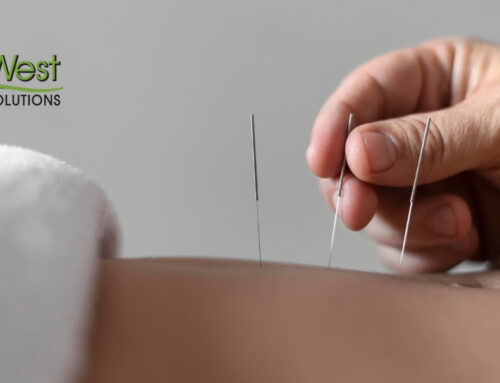Lower back pain is a common complaint that affects millions of people worldwide. However, what many people don’t realize is that lower back pain can also cause leg pain, making it difficult to walk, sit, or even sleep. In this article, we will explore how lower back pain affects legs, the symptoms that may indicate nerve damage or circulation issues, diagnostic techniques, and treatment options to find relief.
The Frustration and Energy Drain of Lower Back Pain
Living with lower back pain can be incredibly frustrating and draining, especially when it begins to affect your legs. Pain can cause fatigue and disrupt sleep, leading to insomnia and more energy depletion. Chronic pain can also take a toll on mental health and overall quality of life, causing feelings of depression and anxiety.
How Back Pain Travels and Affects the Legs
Lower back pain can travel down the legs and cause a variety of symptoms, including numbness, tingling, and weakness. One possible issue could be the sciatic nerve. The sciatic nerve, which runs from the lower back down to the legs, can become compressed or irritated, leading to radiating pain. Additionally, lower back pain can also be a sign of circulation issues, as blood flow can be restricted, leading to leg pain, numbness, tingling, and possibly swelling.
Signs of Nerve Damage and Circulation Issues
When lower back pain begins to affect the legs, it is important to monitor for signs of nerve damage or circulation issues. Symptoms such as loss of bladder or bowel control, muscle weakness, and severe pain may indicate nerve damage, which requires immediate medical attention. Similarly, leg pain accompanied by swelling or discoloration may be a sign of circulation issues, such as deep vein thrombosis, which can be life-threatening.
Diagnostic Techniques for Lower Back and Leg Pain
To determine the cause of lower back pain and leg pain, one of our doctors may perform a physical examination and interview you about your symptoms and medical history. Imaging tests such as thermography, X-rays, MRIs, and CT scans may also be used to identify nerve damage, herniated discs, or other conditions causing the pain.
Treatment Options for Lower Back Pain and Leg Pain
Fortunately, several treatment options are available to help alleviate lower back pain and leg pain. Some of the most effective treatments include:
-
Acupuncture: This ancient practice involves the insertion of needles into specific points in the body to reduce pain and promote healing.
-
Tissue manipulation therapy: This involves the use of massage and other techniques to manipulate soft tissue and reduce inflammation and pain.
-
Infrared therapy: This non-invasive treatment uses infrared light to penetrate deep into tissues and promote healing and pain relief.
-
Lymphatic therapy: This therapy helps to improve circulation and reduce swelling and inflammation.
-
Cold laser therapy: This non-invasive treatment uses low-level laser light to stimulate healing and reduce pain and inflammation.
-
Physical therapy: This involves the use of exercises and stretches to improve flexibility and strengthen muscles and joints.
-
Osteopathic manipulation: This hands-on therapy technique that uses gentle movements and pressure to alleviate pain, improve mobility, and promote overall wellness. It is based on the principle that the body’s natural healing ability can be stimulated by manipulating the bones, muscles, and joints.
-
Nutritional testing & counseling: This can help reduce inflammation in the body by identifying food sensitivities and developing an anti-inflammatory diet plan that my be contributing to your back and leg pain. By removing trigger foods and incorporating anti-inflammatory foods, patients can reduce inflammation and improve overall health.
Next Steps to Lower Back Pain & Leg Pain Relief
If you are experiencing lower back pain and leg pain, don’t suffer in silence. Contact East West Healing Solutions today to schedule a free consultation and learn more about our treatment options. Call (727) 216-3972.






